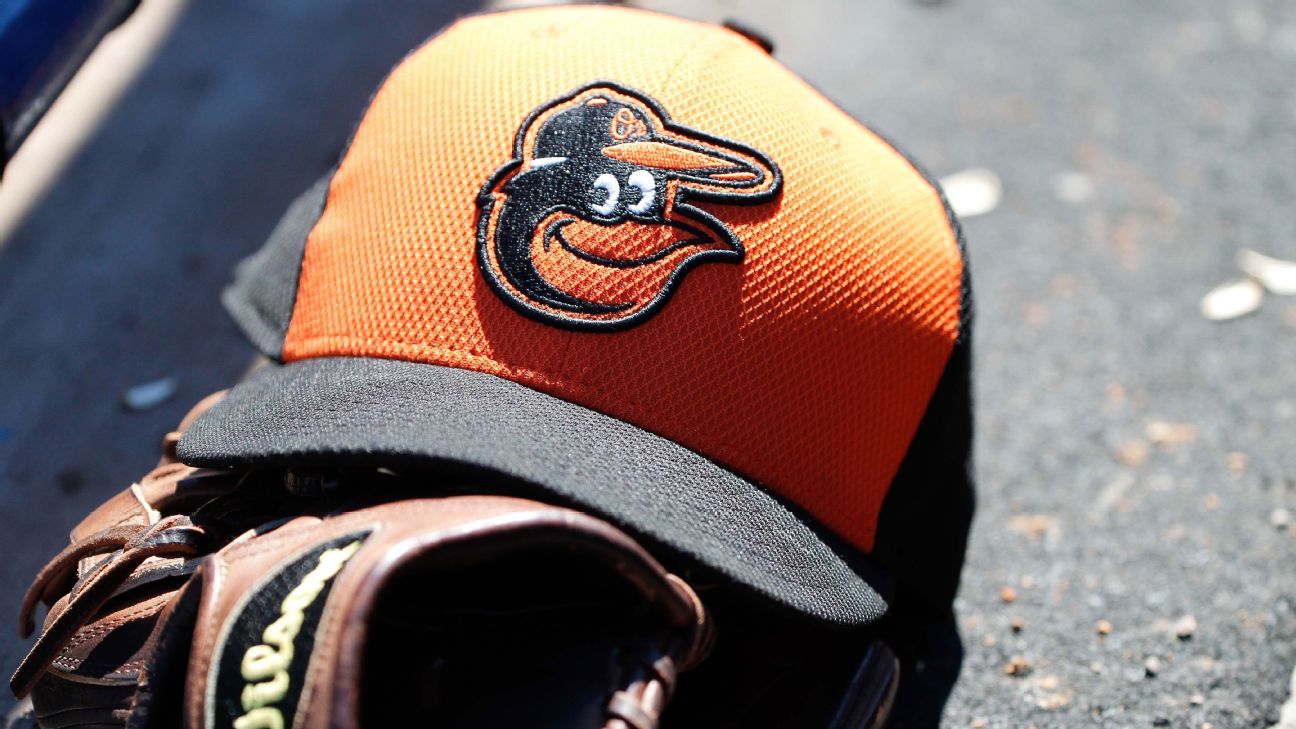
INDIANAPOLIS – When Tyler Courtney took the checkered flag in last year’s Hoosier Hundred at the Indiana State Fairgrounds, everyone thought it was the last edition of the American racing classic.
But with COVID-19 delaying plans to transition the famed one-mile race track into an all-weather surface specifically for horse racing, Track Enterprises promoter Bob Sargent will present at least one more edition of the classic event – run for the first time in 1953 – on Sunday night following the Indianapolis 500.
Like the many other fairgrounds dirt tracks that dotted the nation and became American auto racing’s foundation, the one-mile Indianapolis dirt track was originally intended for horse racing.
Built in 1892, its sulky racing drew standing-room-only crowds and captured the nation’s attention as Dan Patch, an extraordinary Hoosier-born, standard-bred horse, shattered world records and raced undefeated on the mile.
However, it wasn’t long before horsepower of a different sort laid claim to the track. In 1903, former bicycle racing champion Barney Oldfield took the tiller of Henry Ford’s thundering No. 999 and became the first man to cover a mile a minute on a closed course.
That remarkable event solidified Oldfield as the first superstar of the still-new sport of auto racing. In the process, he also collected a $250 prize posted by Carl Fisher, who later founded Indianapolis Motor Speedway.
Ever the showboating marketer, Fisher frequently used the fairgrounds mile for publicity stunts and “speed records.” In 1905, Fisher was determined to go after a world record there.
He’d made his fortune with his Prest-O-Light Co. that produced acetylene-powered headlights for the majority of automobiles manufactured in the United States.
To further publicize the company, Fisher and his Prest-O-Light business partner, James Allison, organized an assault on the 24-hour mileage mark for automobiles.
Prest-O-Light devices were strung every 25 feet around the track to light the way. The first known attempt at track lighting that, in the overblown parlance of the day, “Brightened the track like a midday sun.”
On Nov. 16-17, 1905, driving National automobiles, another Fisher friend, Arthur C. Newby, who was the company president, along with drivers Charles Merz and “Jap” Clemens, braved unseasonably cold temperatures and racked up 1,094.56 miles in 24 hours, setting the record.
With no parimutuel betting in Indiana, horse racing couldn’t sustain the crowds necessary for the track to turn a profit. Since Fisher’s events had generated so much excitement and interest, the fair board surmised that auto racing could be a perfect income generator.
Starting in the early 1900s on dozens of “outlaw” races and a diverse conglomerate of other motorized promotions kept the track busy.
The Hoosier mile became the home of a prominent event for African-American drivers. To organize drivers unable to compete with major racing organizations because of the “unspoken segregation” that was rampant in that day, a group of businessmen created the Colored Speedway Ass’n.
Their premier event was the Gold and Glory Sweepstakes held at the fairgrounds from 1924 to 1936. The event drew thousands, paid handsomely and made a star of the “Negro Speed King,” Charlie Wiggins.
Despite all the racing activity, the AAA would only occasionally sanction Championship Trail races at the Indiana State Fairgrounds. But in 1953, Championship racing and the dirt mile consummated a relationship that excelled beyond all expectation.
To continue reading, advance to the next page.















 Phone: (800) 737. 6040
Phone: (800) 737. 6040 Fax: (800) 825 5558
Fax: (800) 825 5558 Website:
Website:  Email:
Email: 






